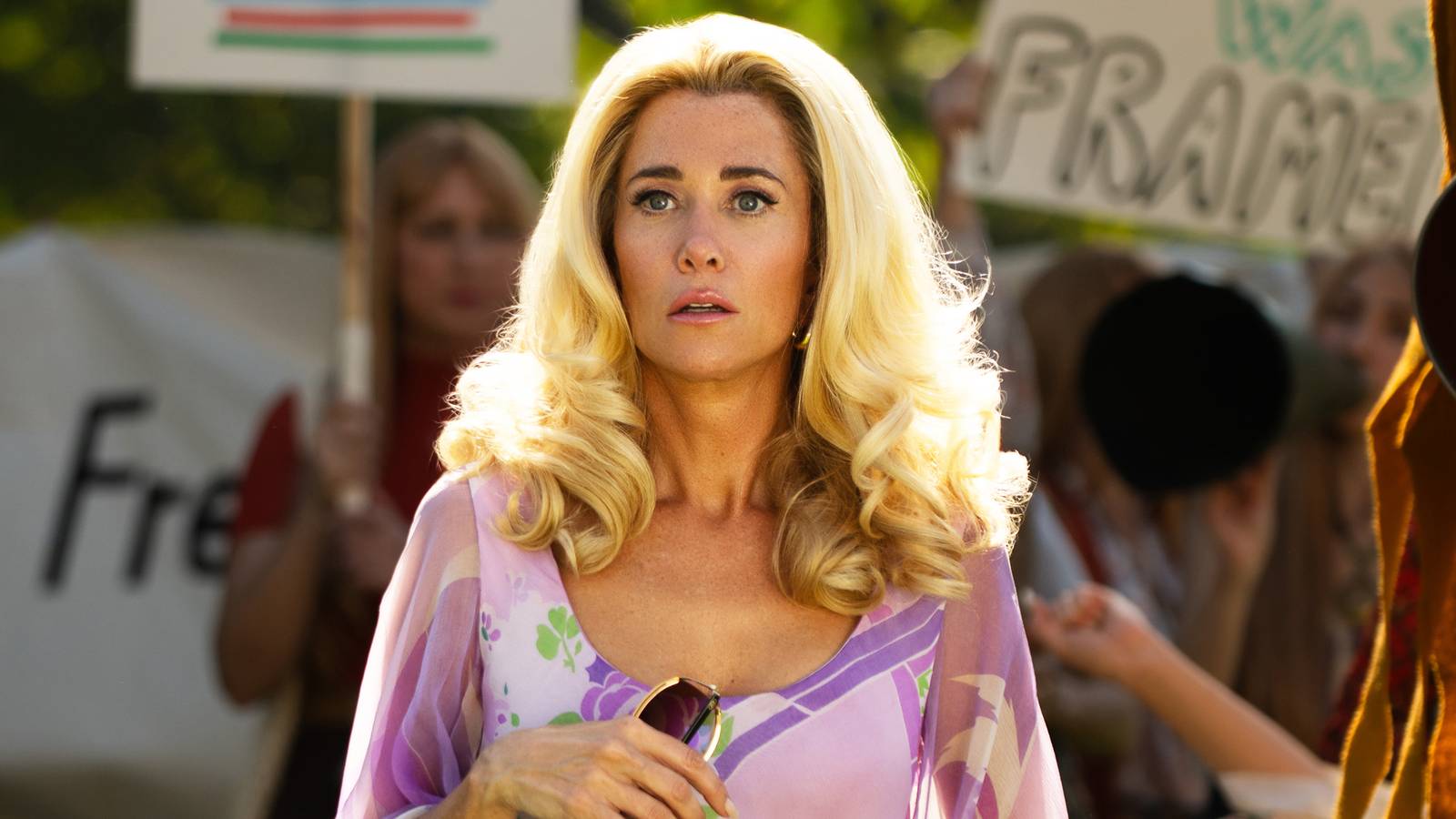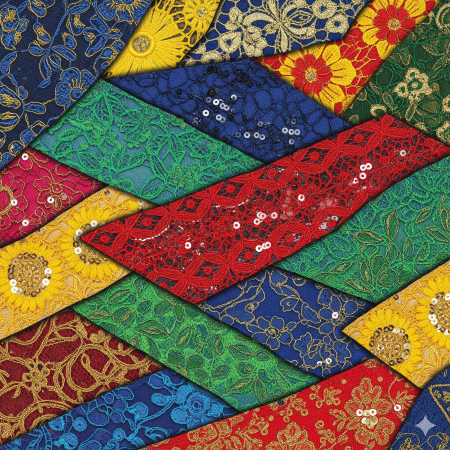Bright & Glowing: Unveiling The New Disguise of Skin Bleaching

You walk into a brightly lit waiting room for a commercial casting call in Lagos. Everyone’s buzzing with energy—stylists brushing hairs into place, photographers adjusting lighting, nervous hopefuls rehearsing lines under their breath. You glance around, trying to steady yourself. You came prepared. Portfolio in hand. Skin moisturized. Hair laid. You're ready—or so you thought.
Then you see her. The girl who walked in just before you. She's mixed-race, with loose brown curls, and the room seems to shift in her direction. Heads turn. Smiles widen. You hear a stylist whisper, “That’s the look.” A brand rep nods approvingly. And suddenly, you feel it: the weight of invisible eyes questioning your presence.
The message isn’t loud, but it’s clear: "Who told you this space was for you in the first place?"
It’s in the way they glance past you. In the billboards that never feature women your shade. In the Instagram ads for skin-lightening creams disguised as “glow boosters.” From small businesses to multinational corporations, the message echoes: Lighter is better.
The Hidden Voice of Compensation
For dark-skinned women, stepping into beauty’s spotlight often comes at an unspoken, unbearable cost. They are taught—sometimes subtly, sometimes blatantly—to overcompensate, reshaping themselves into versions deemed more “acceptable” or “worthy” by societal standards. The internalized narrative becomes: I may not be light, but at least I’m slim like a model, or I may not be light, but I’m thick like a baddie. Others lean into so-called redeeming traits—light eyes, a small nose, small lips, features that align more closely with Western ideals. In this cruel economy of desirability, dark-skinned bodies are often reduced to bargaining chips, as if their very complexion is something that must be justified or apologized for.
This phenomenon runs deeper than surface beauty. It's woven into our history—fed by colonial legacies, reinforced by global beauty industries, and perpetuated by local media. In cities like Lagos, where image is power, the pressure to conform is relentless. Especially among youth. In universities, on social media, in friend groups—there’s an unspoken rule: lighten up, or fade out.
Bleaching, for many, is not vanity. It's a strategy. A desperate attempt to access opportunities—jobs, relationships, visibility—that seem reserved for those with lighter skin. However, what begins as a cosmetic choice can quickly become a health crisis.
The Normalization of Self Harm
Have you ever stopped to wonder why, in a country where the majority of people have dark skin, supermarket shelves still dedicate entire rows to products ending in “white”, promising to fix skin—often under the guise of “color correction” or “hyperpigmentation treatment”? Isn't it a known fact that different parts of the body will have slightly different complexions? Why is it only in brown, caramel or dark skinned people that this must be fixed?
In Nigeria, a country of vibrant cultures and resilient people, an unsettling trend has silently persisted beneath the surface for over two decades. Nigeria holds the grim distinction of having the highest prevalence of skin bleaching worldwide, with approximately 77% of Nigerian women reported to use skin-lightening products according to the World Health Organization (WHO). This number, unparalleled on the global stage, reveals a phenomenon deeply woven into the social and cultural fabric of the nation, extending beyond women to include men, adolescents, and university students, all captivated by the pursuit of lighter skin.
The Mental Forces Behind the Madness
The preference for lighter skin in many African societies, including Nigeria, is deeply rooted in the legacy of colonialism and slavery, where proximity to whiteness became associated with power, privilege, and wealth.
When the only light-skinned people you see are European colonizers in positions of power or mixed-race people kept indoors as “house slaves,” what subconscious associations are likely to form over time?
Over generations, this created a mental association: lighter skin signified cleanliness, affluence, and social superiority, while darker skin was unfairly linked to labor, poverty, and invisibility.
In urban centers like Lagos, these pressures are amplified by media representations, social media trends, and peer dynamics that continue to glorify not just eurocentric, but foreign beauty standards in general. Everyone is beautiful, as long as it’s not us.
A Nationwide Epidemic: Prevalence Across Demographics
These statistics underscore a troubling reality: skin bleaching in Nigeria is not a passing fad but a persistent and deeply rooted social epidemic. Early 2000s data already revealed alarmingly high rates, and despite continuous warnings from health authorities, the rates have remained relatively unchanged.
In 2011, the WHO estimated that approximately 76 million Nigerians—mostly women—regularly used skin-lightening products. By 2018 and continuing through 2025, the consistency of a 77% prevalence figure among women has persisted. This steady rate belies the immense public health challenge and the powerful societal forces driving the practice.
Nigeria Compared: An African Perspective
The prevalence of skin bleaching in Nigeria is notably higher than in other African countries, placing Nigeria at the epicenter of this troubling trend. Compared to countries like Congo-Brazzaville with 66% prevalence among women, Senegal at 50%, Ghana at 39%, South Africa at 32%, and Mali at 25%, Nigeria’s rate of 77% underscores the depth of the problem.
While women remain the most affected demographic, men’s involvement cannot be ignored. Estimates suggest that 27% to 28% of Nigerian men engage in skin bleaching, and there is growing evidence that younger populations, particularly adolescents and university students, are increasingly participating in the practice. Urban environments with greater access to bleaching products and heightened social pressures display the highest rates, whereas rural areas see somewhat lower but still significant engagement.
Dangerous Creams: Health Risks and Product Realities
In 2023 the federal government released a list of soaps containing harmful chemicals that we should avoid. You should check this out, to see if you are safe.
Skin bleaching creams such as Caro White illustrate the perilous nature of this pursuit. Caro White, a widely used but controversial product, often contains hydroquinone, kojic acid, and the potent steroid clobetasol propionate. Hydroquinone, banned in many countries, is known to cause allergic reactions, skin thinning, and a condition called ochronosis, where the skin darkens irreversibly.
Kojic acid, though common, can disrupt hormone function and has been linked to metabolic disorders and increased cancer risks when used in high concentrations.
Clobetasol propionate, a corticosteroid prohibited in cosmetics, causes skin thinning, stretch marks, and can lead to systemic side effects when absorbed in large quantities. As a result, Caro White has been recalled in several countries for safety violations.
Nano Extra White soap, marketed as a “safer” alternative containing plant extracts and vitamins, avoids hydroquinone but still suspicion, given the promise of whiteness in the name.
The health dangers associated with skin bleaching are profound and multifaceted. Prolonged use of bleaching products can cause allergic contact dermatitis characterized by death of good bacteria on the skin, body odour, redness, itching, and swelling, primarily due to ingredients like hydroquinone and mercury.
Skin thinning increases susceptibility to injury and stretch marks, while the paradoxical hyperpigmentation treatment can darken skin patches instead of lightening them. These products also heighten sun sensitivity, raising the risk of burns and skin cancer. Systemic toxicity is a severe concern, as ingredients such as mercury and steroids can damage the liver, kidneys, and nervous system, with long-term consequences that users rarely anticipate.
Suspense at the Crossroads: The Future of Skin Bleaching in Nigeria
The story of skin bleaching in Nigeria unfolds at a precarious crossroads. Despite growing awareness of health risks, ongoing government efforts to regulate products, and multiple recalls of dangerous creams, the practice remains deeply entrenched.
Ultimately, understanding skin bleaching in Nigeria demands empathy and a nuanced approach. It is not merely a cosmetic choice but a reflection of deeper societal insecurities, historical prejudices, and the desperate quest for dignity.
True progress will require embracing all shades of Nigerian beauty, fostering safe alternatives, and dismantling the colorist narratives that drive this epidemic. Only then can Nigeria hope to reclaim the glow of its people.
You may also like...
Super Eagles' Shocking Defeat: Egypt Sinks Nigeria 2-1 in AFCON 2025 Warm-Up

Nigeria's Super Eagles suffered a 2-1 defeat to Egypt in their only preparatory friendly for the 2025 Africa Cup of Nati...
Knicks Reign Supreme! New York Defeats Spurs to Claim Coveted 2025 NBA Cup

The New York Knicks secured the 2025 Emirates NBA Cup title with a 124-113 comeback victory over the San Antonio Spurs i...
Warner Bros. Discovery's Acquisition Saga: Paramount Deal Hits Rocky Shores Amid Rival Bids!

Hollywood's intense studio battle for Warner Bros. Discovery concluded as the WBD board formally rejected Paramount Skyd...
Music World Mourns: Beloved DJ Warras Brutally Murdered in Johannesburg

DJ Warras, also known as Warrick Stock, was fatally shot in Johannesburg's CBD, adding to a concerning string of murders...
Palm Royale Showrunner Dishes on 'Much Darker' Season 2 Death

"Palm Royale" Season 2, Episode 6, introduces a shocking twin twist, with Kristen Wiig playing both Maxine and her long-...
World Cup Fiasco: DR Congo Faces Eligibility Probe, Sparks 'Back Door' Accusations from Nigeria

The NFF has petitioned FIFA over DR Congo's alleged use of ineligible players in the 2026 World Cup playoffs, potentiall...
Trump's Travel Ban Fallout: African Nations Hit Hard by US Restrictions

The Trump administration has significantly expanded its travel restrictions, imposing new partial bans on countries like...
Shocking Oversight: Super-Fit Runner Dies After Heart Attack Symptoms Dismissed as Heartburn

The family of Kristian Hudson, a 'super-fit' 42-year-old marathon runner, is seeking accountability from NHS staff after...
.png&w=1920&q=75)






